Mummies – whether naturally preserved for hundreds or thousands of years, or artificially prepared in elaborate rituals by ancient people – have always held intrigue for me. (Perhaps a logical extension of an interest in fossils?) The spooky season of Halloween and Day of the Dead provides the inspiration for this post. Both have connections to death, as typical symbols are mummies for the former and skulls for the latter. Of course, the two celebrations have unique cultural heritages. Halloween’s focus on playfulness stems from Celtic and Christian customs (plus a hefty dose of commercialization). El Día de los Muertos is a deeply spiritual Mexican tradition with Aztec roots that celebrates deceased loved ones with respect and love.
Living creatures that die and whose soft tissues and organs are preserved so that the body does not decay further become mummies. Extreme cold, very low humidity, or lack of air (e.g., the anaerobic environment of a bog), are ways that mummification can occur spontaneously. Anthropogenic mummies are deliberately created when moisture is removed; bodies are embalmed using processes that typically involve various chemical substances. (More about mummies in my post: From Mummies to Día de los Muertos.)
Mummified Mice
My interest in the Andes Mountains, with its challenging environments and rugged inhabitants, has led me to follow recent fascinating mummy finds by mountaineers. (Not more Inca human sacrifice victims — although those are fascinating as well.) Specifically, mummified mice. Tiny leaf-eared mice (Phyllotis vaccarum). These small creatures have now achieved the distinction of the mammal living at the highest altitudes in the world.
The story began on the summit of Llullaillaco, the second highest active volcano on our planet, straddling the northern border of Argentina and Chile. Beginning in 2011, mountaineers found mummified carcasses of mice near the summit of this volcano. In 2013, climbers were surprised to find and film a live mouse scurrying across a snowfield at an elevation of 20,358 feet (6,205 m). In 2020, a mouse was captured on the Llullaillaco summit (22,110 ft/6,739 m) (photo below).
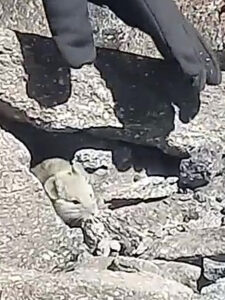
Capturing a leaf-eared mouse on the summit of Llullaillaco volcano, July 16, 2020 (Wikipedia)
Other mountaineering/biological expeditions to Llullaillaco and adjacent tall volcanic peaks in the Andes have provided more live and mummified remains of leaf-eared mice. Radiocarbon dating of mummified mice from the summits of two volcanoes shows some are decades old and others are at most 350 years old. DNA sequencing of mice captured on the summit of Llullaillaco and from sites in the surrounding region indicate the closest relatives of most of the summit-dwelling mice live at sea level. A self-sustaining population of leaf-eared mice apparently resides from sea level to the volcano summit. Remarkable!
An interesting question: what are the mice eating? On Llullaillaco, vascular plants (i.e., those with tissues that distribute water and minerals, and have true roots, leaves, and stems) can’t grow above about 16,000 ft (5,000 m). Lichens are scarce in this freezing, wind-swept environment (average summit temperatures are about 9o F/-13o C). Biologists suspect that the small animals survive on fragments of beetles, butterflies, and other insects, plus plant material, that is carried by the wind. (Gale-force winds of blizzards can transport impressive quantities of plants and insects). Possibly, access to food is the controlling factor determining environments in which animals can thrive. Today, the mice living on the high summit of Llullaillaco apparently hold the record not only for the highest altitude in the world where a mammal is a full-time resident, but also for all terrestrial vertebrates known to date.
(Note: Llullaillaco was a sacred mountain for the Incas and contains the highest known archaeological sites on Earth. In 1999, a group of archaeologists found three mummies of children who were sacrificed on the summit. More about ancient Andean mummies in my post: Mountaintop Shrines and Sacrifices in the Andes Mountains .)
Mummified Mammoths
Enormous, long-tusked mammoths once roamed over Europe, Asia, North America, and Africa, beginning about 5 million years ago. Closely related to living Asian elephants, mammoths became completely extinct only a few thousand years ago. Mummified mammoth remains have been discovered in cold, northern latitudes for centuries.
Among the most famous and best preserved of these mummies is a female wooly mammoth calf discovered by a reindeer herder in northwestern Siberia in 2007. Named Lyuba, the calf was remarkably well-preserved at the time of discovery. Several factors contributed to the excellent preservation of her body. These include rapid burial in sediments, excluding oxygen and preventing scavenging by other animals, plus remaining in the nearly permanently frozen condition of Siberia’s permafrost. In adventures that led to her eventual transfer to scientists, however, dogs chewed off one of her ears and part of her tail.
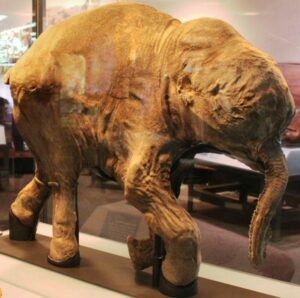
Lyuba, the baby mammoth discovered in 2007 in Siberia (Wikipedia)
Prior to death, the young mammoth appeared to have been healthy and at an estimated age of 30 to 35 days. Her skin and organs were intact, and researchers identified milk in her stomach. Scientists postulate Lubya died when she inhaled mud and suffocated during struggles in the soft, muddy bed of a river. Radiocarbon dates from bone collagen and plant tissues in Lyuba’s intestines show she died approximately 42,000 years ago.
Millions of Animal Mummies
For nearly 2,000 years, ancient Egyptian societies embalmed and mummified revered and high-status humans and animals. In these cultures, people held animals in high respect, and they exerted influence in numerous aspects of life. An astonishing count of several millions of animal mummies have been found in Egypt. Most of these are cats, raptors, and ibis (a long-billed wading bird) but also included are crocodiles, fish, snakes, dogs, shrews, gazelles, baboons, and more.
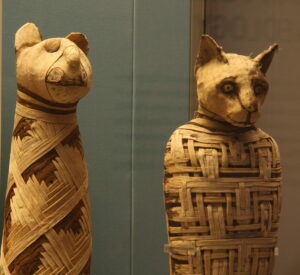
Ancient Egyptian mummies of a dog and cat in the British Museum (Wikipedia)
Many of the gods and goddesses worshiped in ancient Egypt were associated with specific animals. Most animal mummies served as sacred offerings to these deities. Other animals were mummified to provide food for the deceased in the afterlife, or as a companion if they had been a beloved pet. Over the centuries, specific mummification processes were modified. Typically, the animal bodies were dried out with salt, packed with sand, wrapped in linen, and dipped in resins.
Mummies that are now a prominent part of Halloween have a long and fascinating history!
If you liked this post, please share it and/or leave a comment or question below and I will reply – thanks! And if you’d like to receive a message when I publish a new post, scroll down to the bottom of this page, and leave your email address on my website. Join now to learn more about geology, geography, culture, and history.
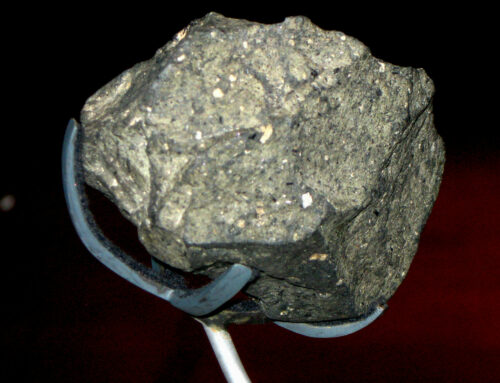

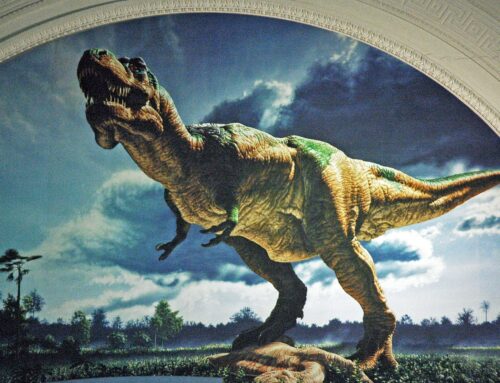
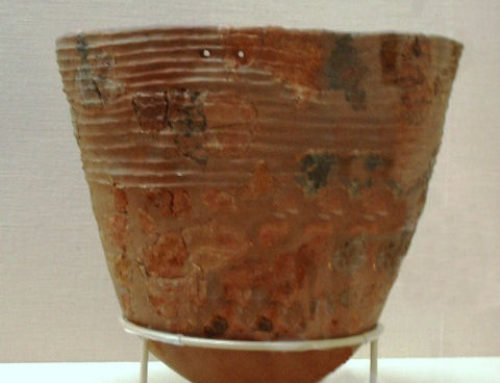
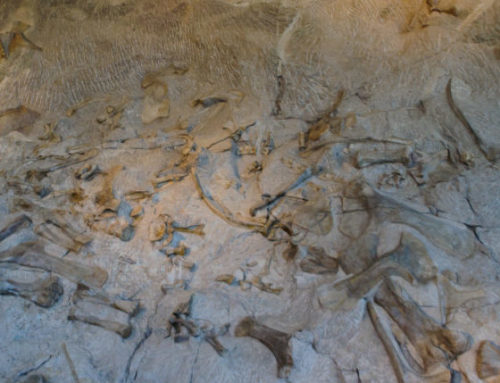
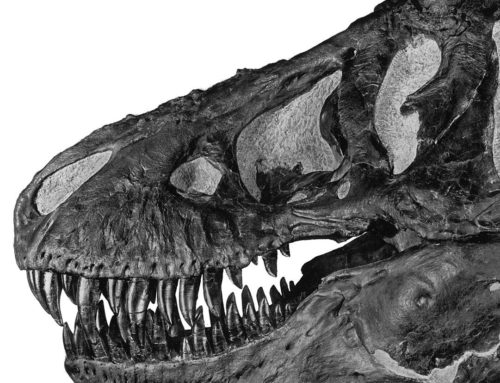
This is a great post, Roseanne! I particularly love that a mouse can live off invertebrate parts blown up to 22K feet! God bless insects for providing a fascinating base to the entire world food chain. 😉
Agreed! Thanks, Steve!